10/5 – 5/7/2001
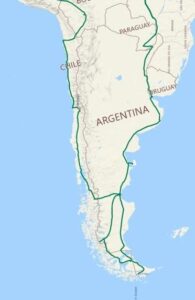
Seven kilometres beyond the border crossing at Hito-Cajones, we reached an asphalt road that descended 1,500 metres in 40 km on the way to San Pedro de Atacama.
We spent two nights in a campground, inside a small compound,
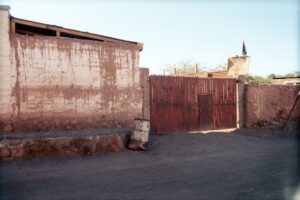
that catered for vistors to the Atacama Desert – the driest desert in the world outside of the polar regions.
San Pedro itself is little more than a village,
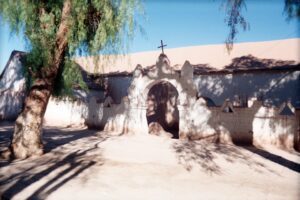
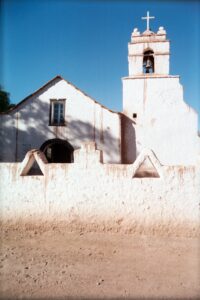
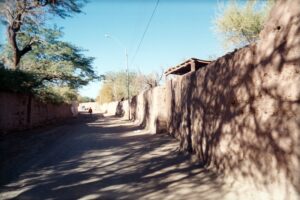
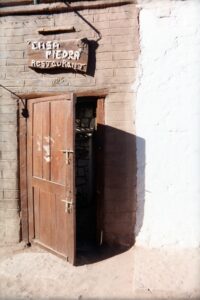
but it gave us a chance to clean the dust from the Landrover and repair parts that had shaken loose on the bone-hard Bolivian tracks.
We continued east through the Atacama, passing through Calama before re-joining the southbound, pan-American highway; pausing at the ‘Mano del Desierto’ sculpture.
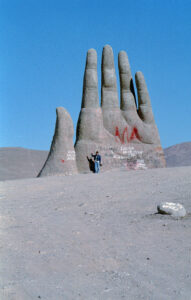
The brake pads that we had fitted in Mexico disintegrated and we spent a morning off the road in the dry desert replacing them; before continuing to the Pan de Azúcar National Park for lunch.
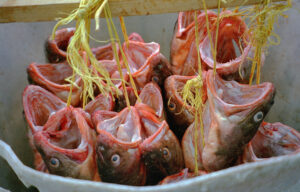
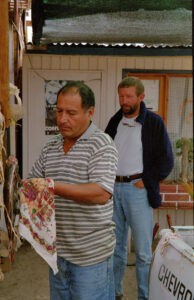
We spent two nights camped on the beach in the park and took a boat trip to a nearby island with its pelicans,
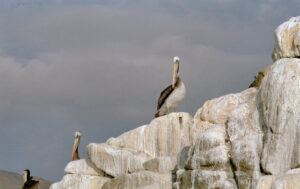
penguins
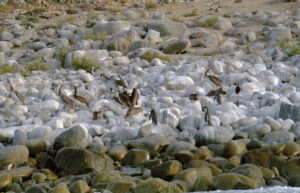
and sea lions.
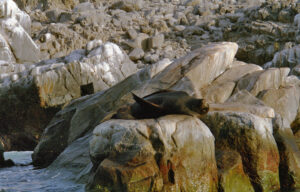
We continued south down the dry coast through Caldera, on the way to La Serena; where we visited the archaeological museum and its Moai from Easter Island.
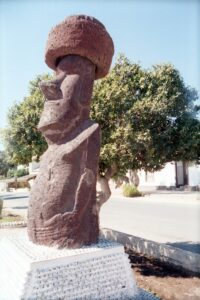
We visited the pictoglyphs and petroglyphs in the Valle del Encanto, east of Ovalle, on our way to Valparaiso, Chile’s main seaport.
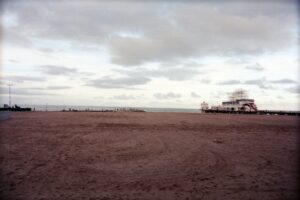
We spent a day in Santiago
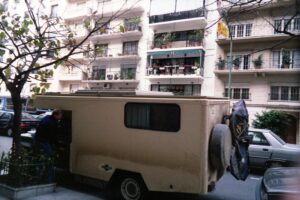
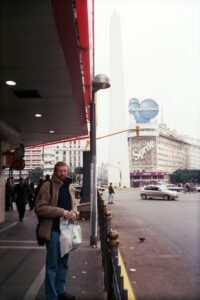
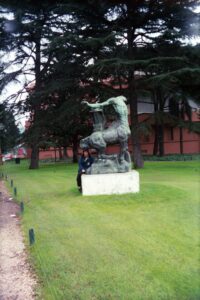
ending our day at the Museo de Bellas Artes.
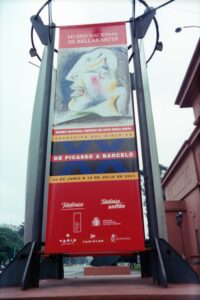
It was late Autumn in the southern hemisphere. It was raining and misty as we hurried through Chile’s central valley vineyards and lakes district on our way to Puerto Montt;
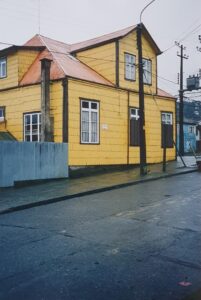
where we spent four rainy days having more repairs done to the Landrover (two universal joints were couriered from Santiago), before we took the ferry
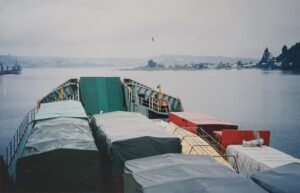
south to Chaitén. From there, we joined the Carretera Austral; a 1,200 km long road commissioned by the military dictator Augusto Pinochet in the 1970s to improve access to the sparsely populated Aysén region (the remote south-eastern part of Chilean Patagonia – an area of forests, fjords, glaciers and mountains). Despite the massive construction effort, most of the Carretera Austral remains a rough, unmade road.
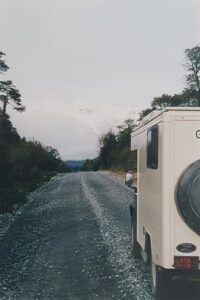
We stopped at Coihaique at a garage that looked more like a blacksmith’s to have an essential part of our suspension welded back together before crossing for the first time into Argentina. We drove over the tail-end of the Andes through Rio Mayo and across the treeless pampas to Sarmiento. From there we headed 500 km east to Commodoro Rivadavia where we turned south down the Atlantic coast for a further 500 km to Rio Gallegos.
After having further work done to the Landrover (reattaching the fuel filter after its housing had shaken loose), we crossed back into Chile at Monte Aymond and took the ferry across the Magellan Straits into Chilean Tierro del Fuego.
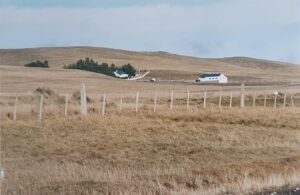
A blizzard blew as we crossed the hills east of Ushuaia
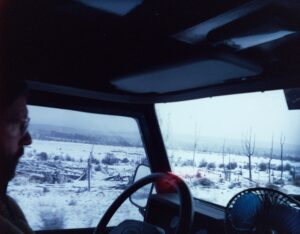
– winter had arrived for the southernmost city in the world.
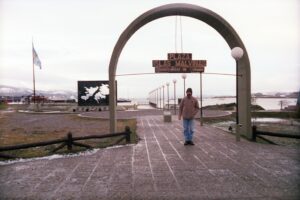
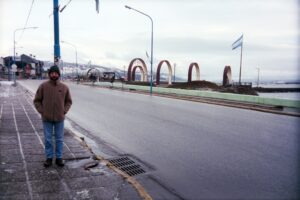
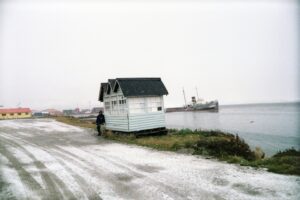
![]()
![]()
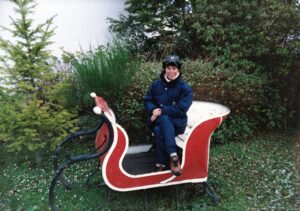
The wintry weather continued and we ran the risk of being snowed in. So, after two nights camped on the street, we left Ushuaia before it was light.
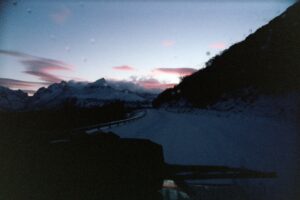
The police at a roadblock on the edge of town tried to discourage us from driving the icy road that ran the 400 km length of the island. We spent a cold night at San Sebastian. Next day we crossed the border back into the part of Tierra del Fuego controlled by Chile and reached Porvenir the next day.
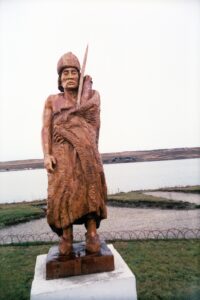
After a night on the quay, we took the morning ferry back across the Magellan Straits to Punta Arenas; before heading to Puerto Natales.
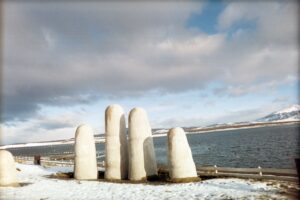
After stopping for coffee, we took the dirt road
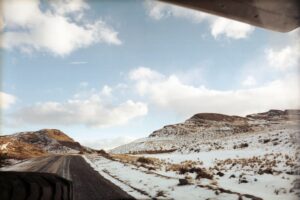
to the Torres del Paine National Park;
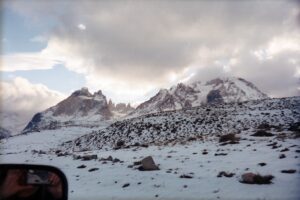
where we camped outside the Park’s administration office.
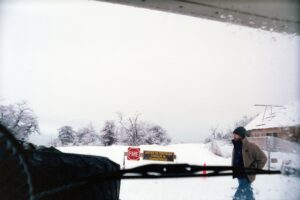
We had planned a take a half-day walk to Lago Grey the next day but, as we drove to the start point, our alternator packed up and we had to head back to Puerto Natales to have it fixed.
We crossed the border at Dorotea back into Argentina. After another very cold night, we drove on to El Calafate and then down a winding and snow-covered track to the magnificent Perito Moreno Glacier.
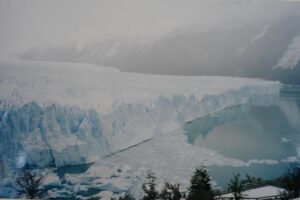
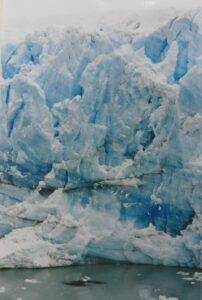
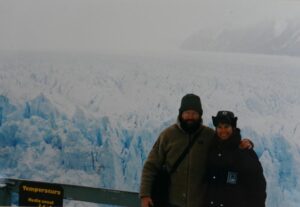
We completed our long loop through southern Patagonia by returning to Commodoro Rivadavia, where we spent two nights having further problems with our alternator fixed. We continued north through monotonous tussock to Puerto Madryn and on to the Puerto Pyramide on the Valdes Peninsula; where we took a boat trip to see a pod of southern right whales.
Further north at Bahía Blanca, we had a new alternator and shock absorber fitted. By the time we reached Mar del Plata, we needed a holiday and checked into a seafront hotel for three nights.
We then completed the final 400 km to Buenos Aries
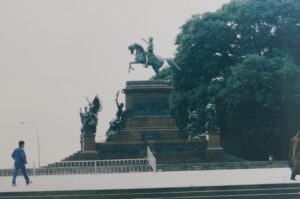
where we spent a couple of days before taking the two and a half hour ferry trip across the estuary of the Rio del Plata from Buenos Aries
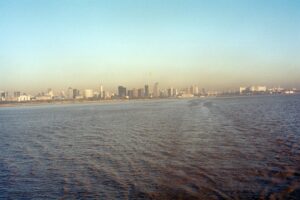
to Colonia del Sacramento in Uruguay.
In contrast to Buenos Aries, Colonia is a small, quiet seaside town
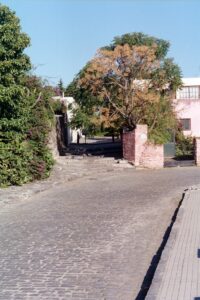
with a town square of well preserved, colonial era adobe houses.
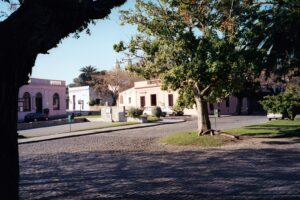
We continued north up the Uruguayan bank of the River Uruguay; stopping at Paysandu to soak in the thermal baths and at Salto to shop, before crossing the International Bridge back into Argentina.
We were now in the Mission region, straddling the borders between Argentina, Paraguay and Brazil, where the Jesuits built many religious setllements in the 17th Century on the land of the indigenous Gurani people. The first we visited was San Ignacio Mini.
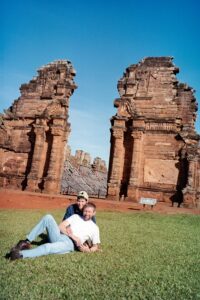
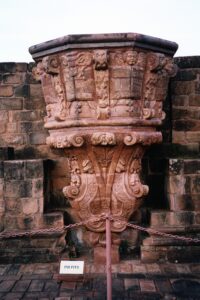
Our second was La Santísima Trinidad de Paraná; across the Rio Parana in Uruguay.
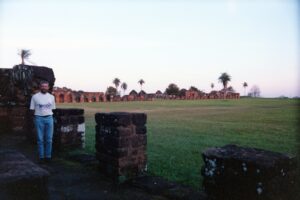
We drove through Asuncion, the capital of Paraguay;
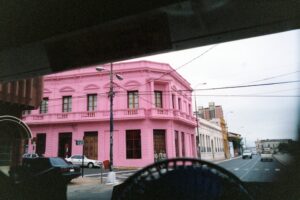
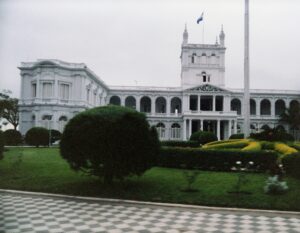
spending four nights in a campground in the beautiful botanical gardens. We had more work done on the Landrover and stowed our winter gear (we were enjoying our first hot weather in six months) before driving 350 Km to the border at Cuidad del Este and crossing into Brazil.
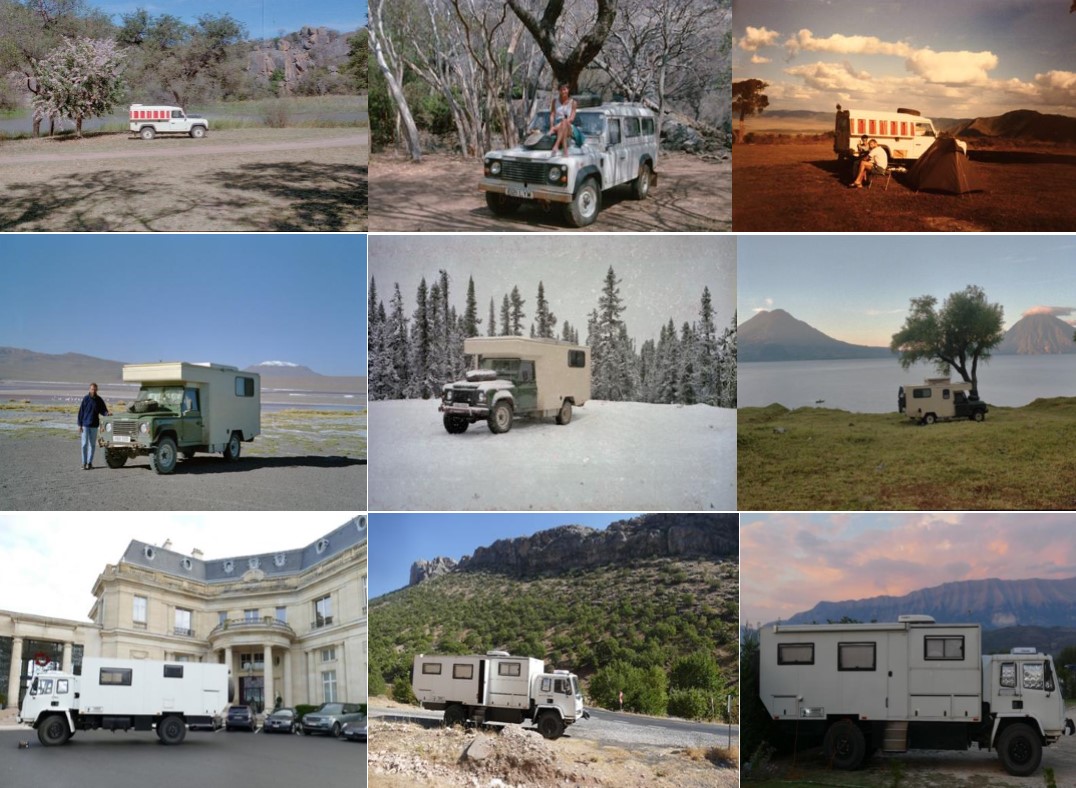
Lovely sealife.
This sounds like memories of repairing the vehicle in cold conditions, we can see why you needed a few nights holiday.
A nice dollop of wildlife here again (also some goodlooking fish :-)). Otherwise, from very cold and deep snow to back into a T-shirt, it happens a lot on this trip. That photo of the (almost ‘shocking’) pink building in Asuncion really grabbed me and sent me off to Google to find out whether it really is that pink – and yes, it is!
Shame about the graffiti on the desert hand. No mention of Chilean wine? I’ve also heard that Buenos Aires is a great city. I’ve always fancied the Torres del Paine – but soooo cold.